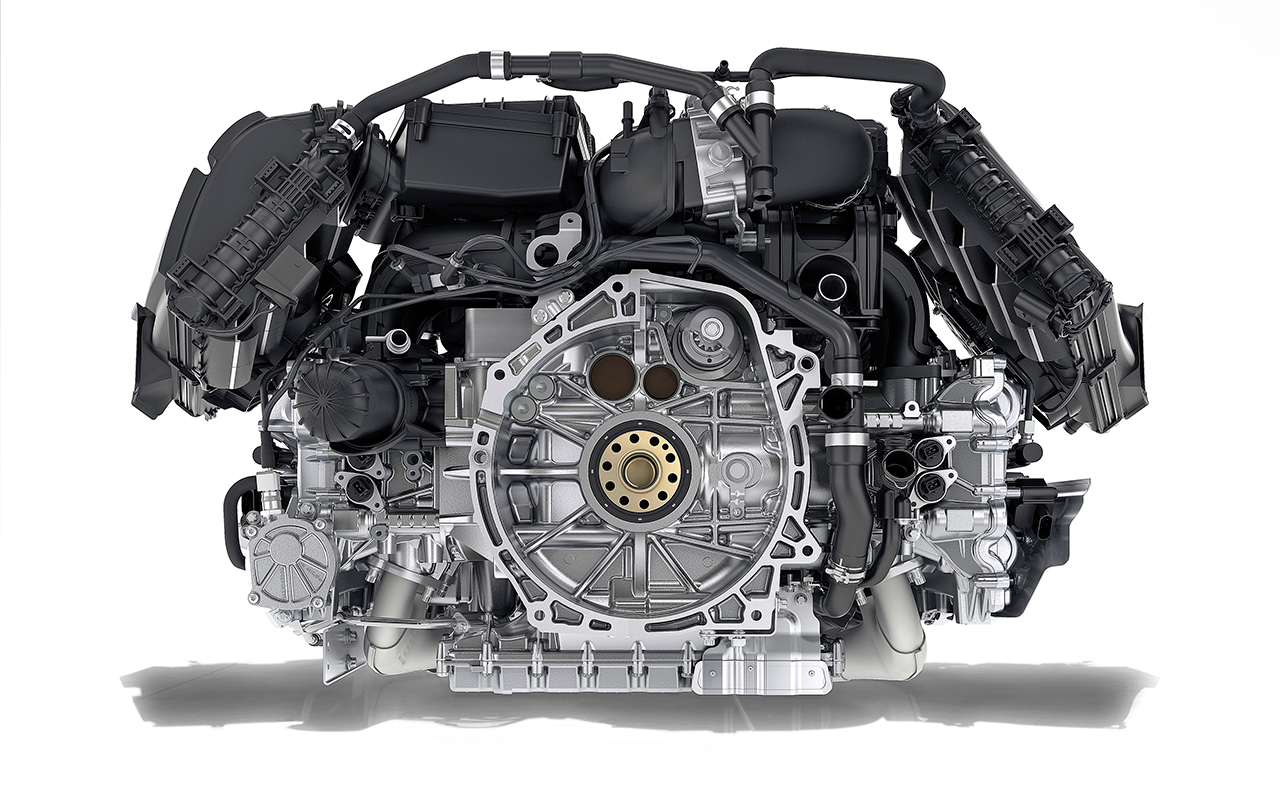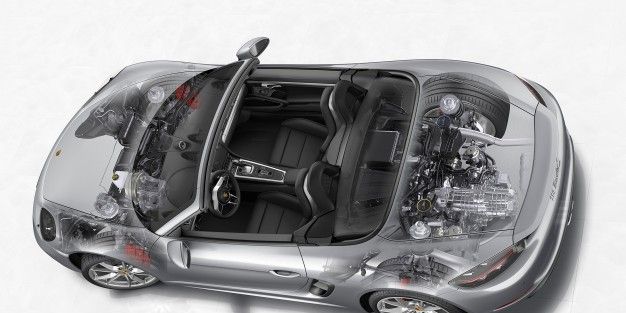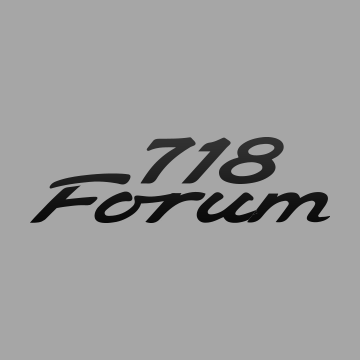That question of F4 vs. boxer engine is that jalopnik guy making something out of nothing. Okay, you can bang on the terminology if you want but the only important question is easy.
First let's look at how you can't rig the crank. Viewed from above:
You can't do the first arrangement because you would need pairs of cylinders to fire simultaneously. You can't do the second because the momentum transfer of all four pistons moving left or right together would shake the block back and forth. You can't do the third because the pistons at one end both moving in the opposite direction from the two at the other end would make the block yaw on a vertical axis. The last option is just silly. Arrangements 2 and 3 would allow the two front cylinders (or the two rear cylinders) to fire consecutively but you can't have them move together like that.
The only option for the cylinders at either end is that as a pair they move inward or outward together. Thus they cannot fire consecutively. The firing order must be Front, Rear, Front, Rear. That means you must have two on one side fire consecutively, then two on the other side.
Starting with the front two pistons moving in or out together, how can we arrange the other two?
In this first arrangement the firing order counting from the front could be 2, 4, 1, 3 or equivalently 1, 3, 2, 4, or equivalently the exact reverse of either. Alternatively you could swap the two rear pistons as shown in the second arrangement. Again counting from the front they could fire 2, 3, 1, 4 or 1, 4, 2, 3, or the reverse of either.
But note the difference between two cranks. In the first arrangement the two inner crank pins are on the same side; in the second they are on opposite sides. In the first case the pistons could share a crank pin and you'd have only 4 main bearings, though you may want a crank bearing between them anyway as shown. In the second case they are on opposite sides and you would most certainly want a crank bearing between them.
So which arrangement? There are two reasons to choose the first. The first reason is this. Though the linear momentum transfer is balanced L to R and F to R for each piston pair, there is still a yawing-motion momentum couple due to the fact that the crank arms for each pair are slightly offset from each other front to rear. In the first arrangement the two pairs are in the opposite direction. The net effect is to create a bending torque in the block but a net zero on the block as a whole. Hence it is inherently smooth. In the second the two couples are in the same direction, imparting a net yawing motion on the block.
The second reason for choosing the first arrangement is that the two inner pistons can be closer together longitudinally, resulting in a shorter block. Viewed from the side their cylinder bores can overlap because they are on opposite sides of the block. With the second arrangement the inner pistons must be far enough apart to accommodate the required cylinder wall thickness between them.
In light of all this, the first arrangement in that second picture is the only one that makes sense. Making a distinction between "flat-4" and "boxer" is like making a distinction between uncooked and cooked oatmeal. You would never choose one so why bother even to name it?
Now back to your discussion of side marker color.









